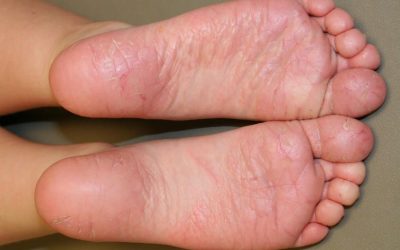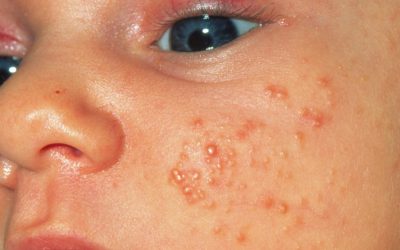Multi-coloured ringworm
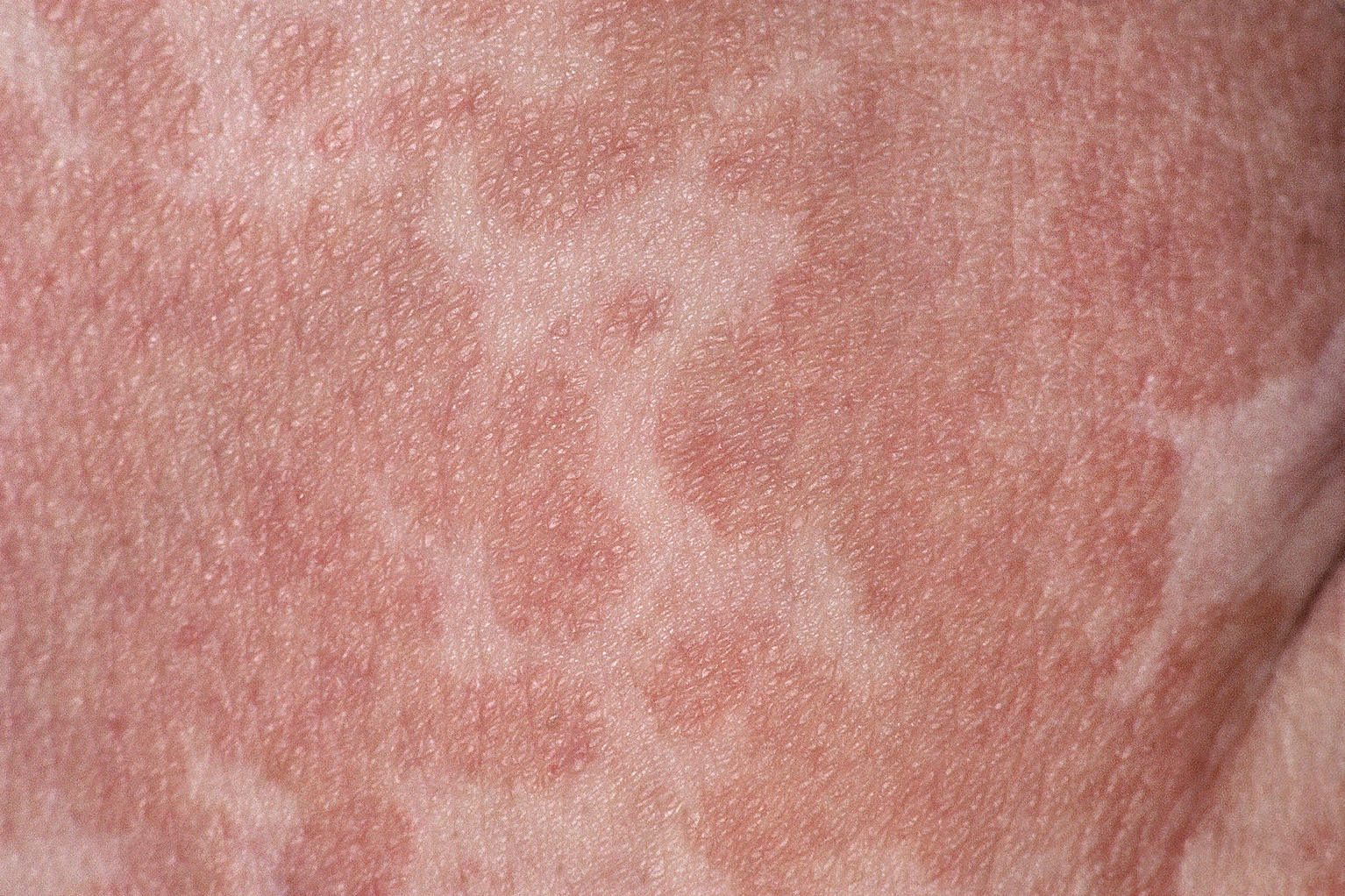
Multi-coloured ringworm is a skin rash caused by a fungus of the Malassezia species, called ‘multi-coloured’ because of the wide range of colours and shades of the rash. About 14 different species of Malassezia fungi can be identified. This is
a normal part of the skin’s microflora, which usually doesn’t cause any discomfort or rashes. The disease is not contagious. It can affect both children and adults.
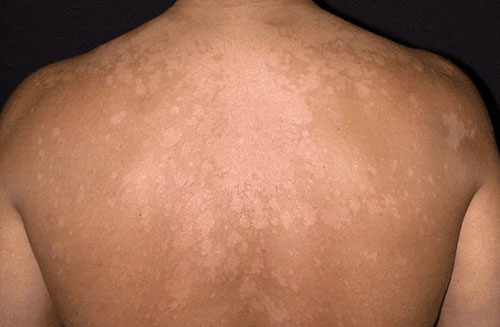
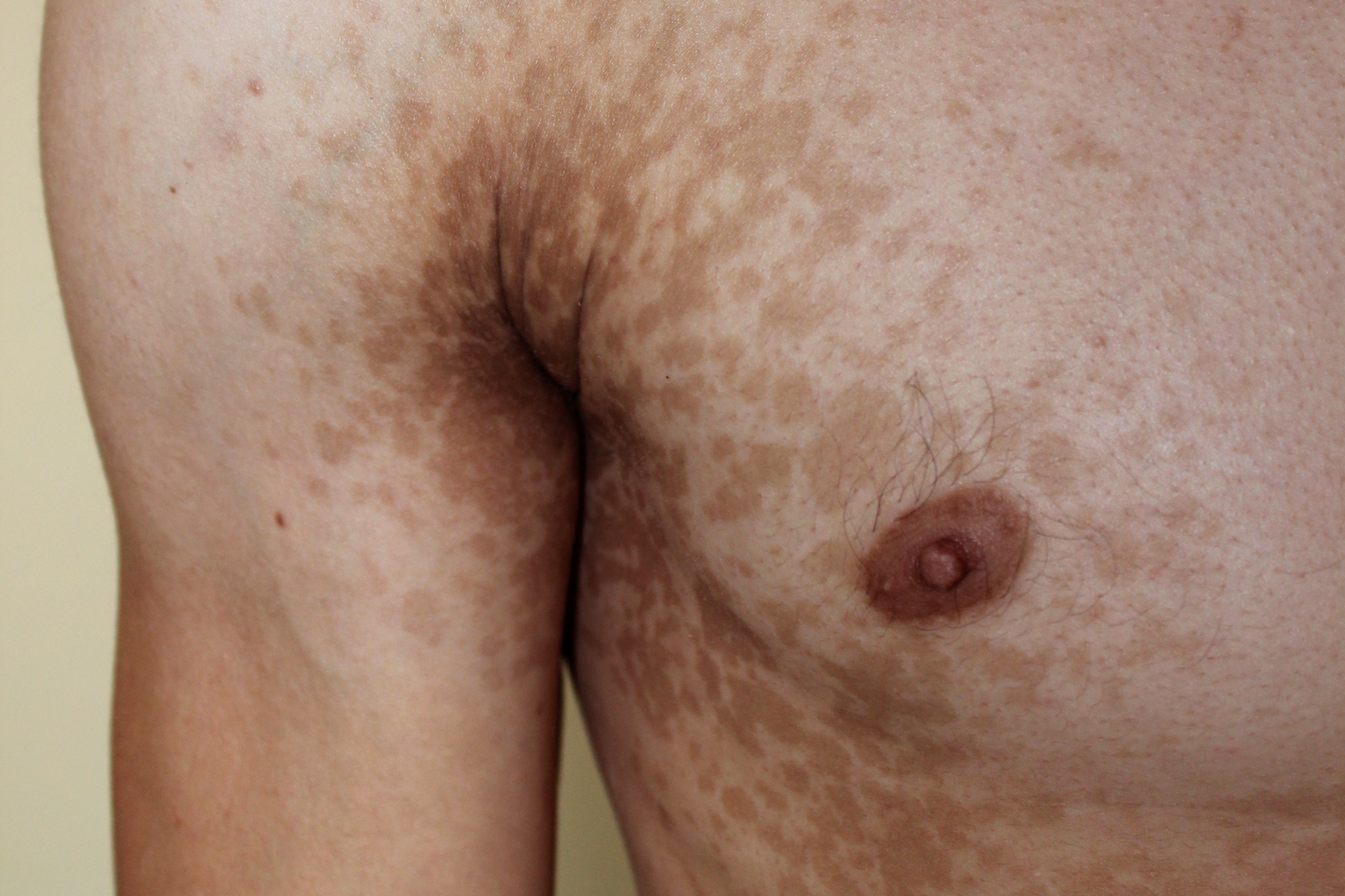
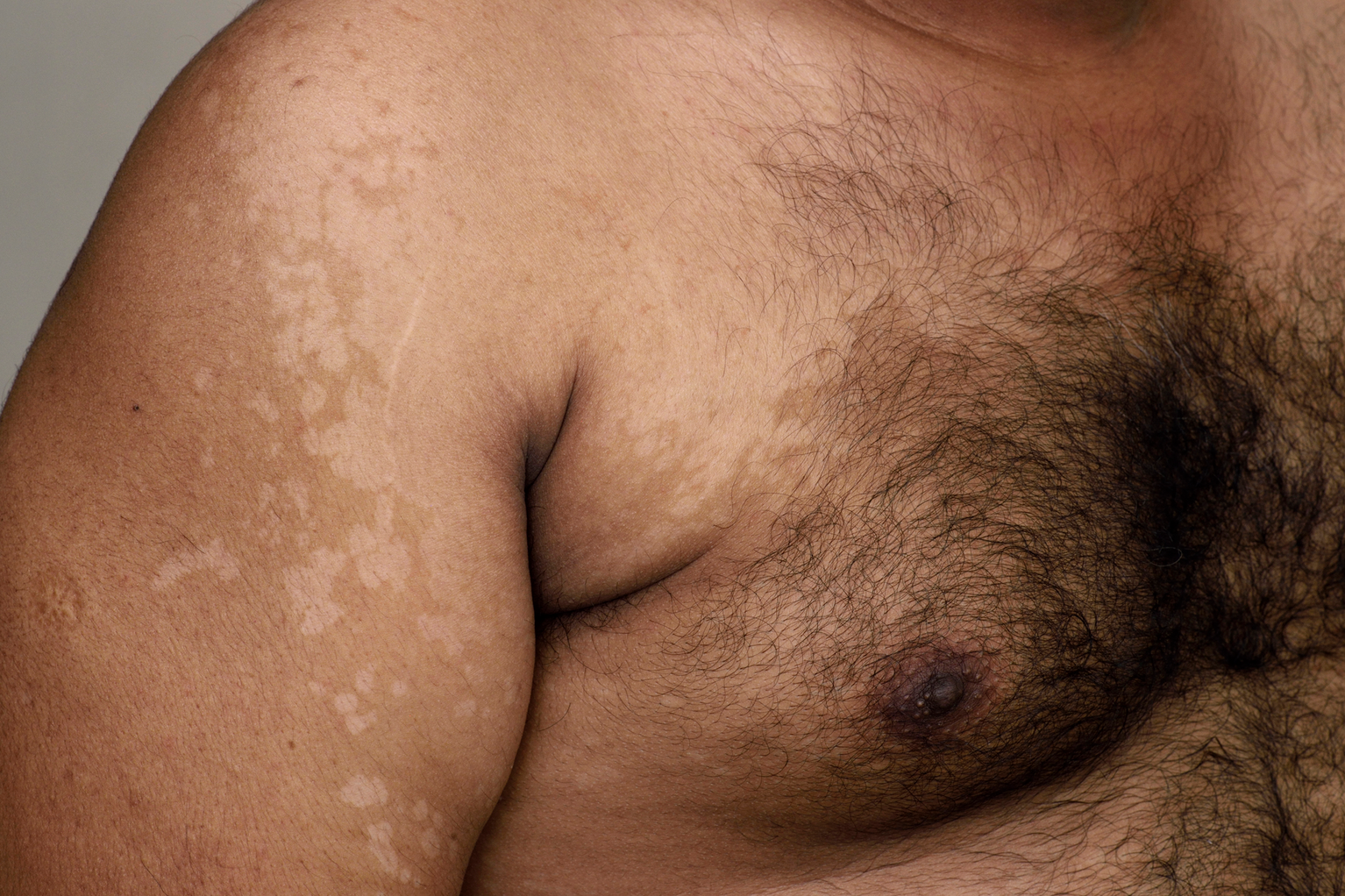
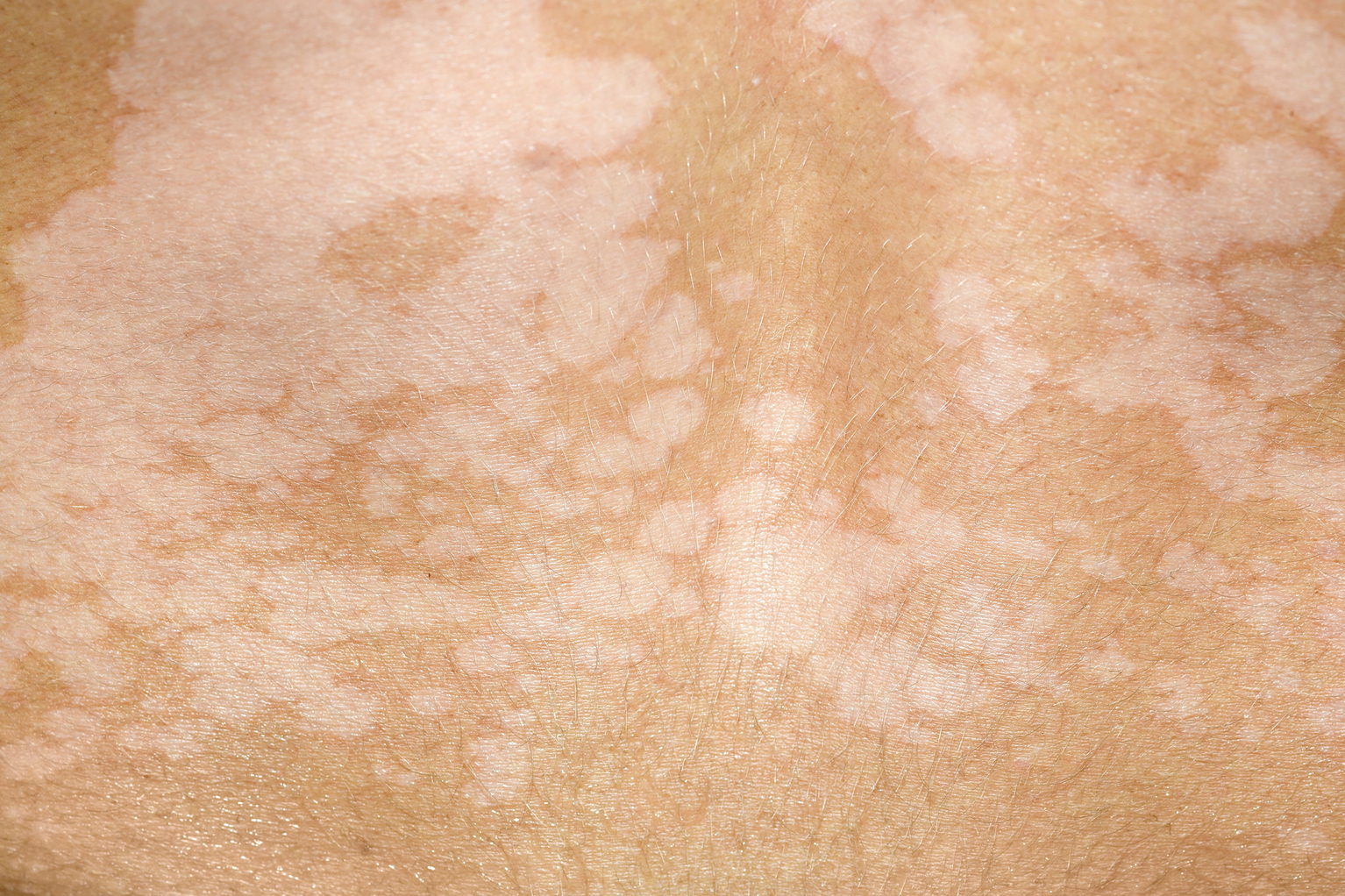
Clinical signs
When conditions are favourable (humid, warm environment, increased sweating, tight synthetic clothing, weakened immunity due to infection) and the fungus on the skin surface increases, the lesions characteristic of multi-coloured dedermatitis appear:
-
- red, brownish or brown, whitish spots and blotches of various diameters
- affected areas may become scaly
- itching is not severe, more common after warming up
- the rash does not burn after sun exposure and gives the appearance of “mottled” skin
- rashes on the neck, back, chest, abdomen, arms and, less commonly, thighs
Diagnostics
Diagnosis is based on characteristic symptoms and clinical signs. Additional tests may be needed if the disease has been left untreated for a long time, leading to symptoms that could be attributed to other skin diseases. In this case, additional tests are carried out:
-
- inspection with Woodhouse lamp
- dermatoscope examination
- microscopic examination of a scratchy, scaly rash for fungal detection
- in rare cases, a biopsy of a skin graft
Treatment
An antifungal cleanser and an antifungal medication to be applied to the rashes. In the case of a prolonged course of the disease, or if the rash is very widespread or recurs frequently, your doctor may also prescribe oral antifungal drugs.
If you notice rashes typical of multicoloured powdery mildew, you can help yourself with an antifungal cleanser if they are not widespread. If the rash persists, we recommend consulting a dermatovenereologist.

Psoriasis
A common, chronic, inflammatory, recurring skin disease that affects 2-3% of the population. Psoriasis can start at any age, and is most often found in adults.
Juvenile plantar dermatosis
a disease characterized by localized damage to the feet. JPD usually occurs in children between the ages of 3 and 14 who are prone to atopy or have atopic dermatitis
Skin Conditions in Newborns: Causes, Symptoms, and Care Tips
Skin conditions like rashes, eczema, and cradle cap are common in newborns. Proper skin care is essential for managing and preventing these issues. Learn how to care for your baby’s delicate skin and address common skin conditions effectively.
iDerma
MB iDerma
Fabijoniškės g. 99, Vilnius
+370 671 33323
[email protected]



